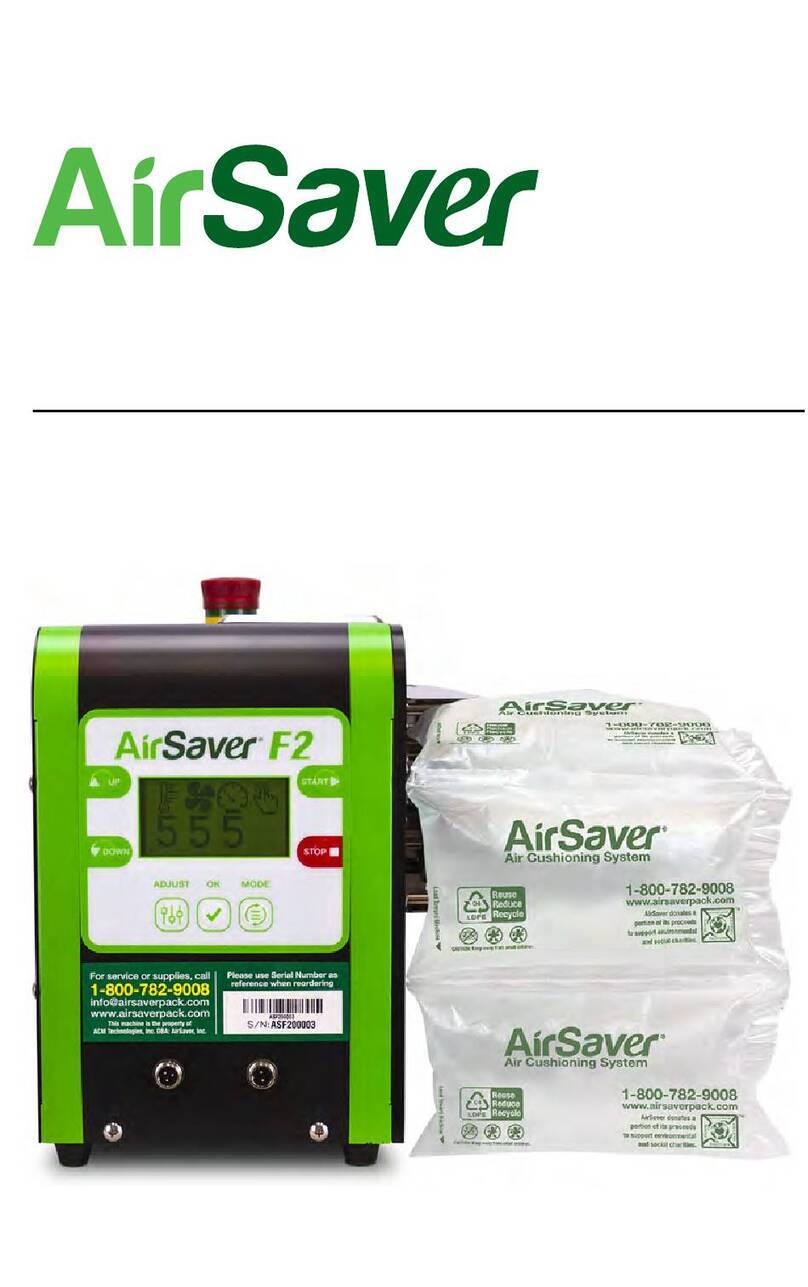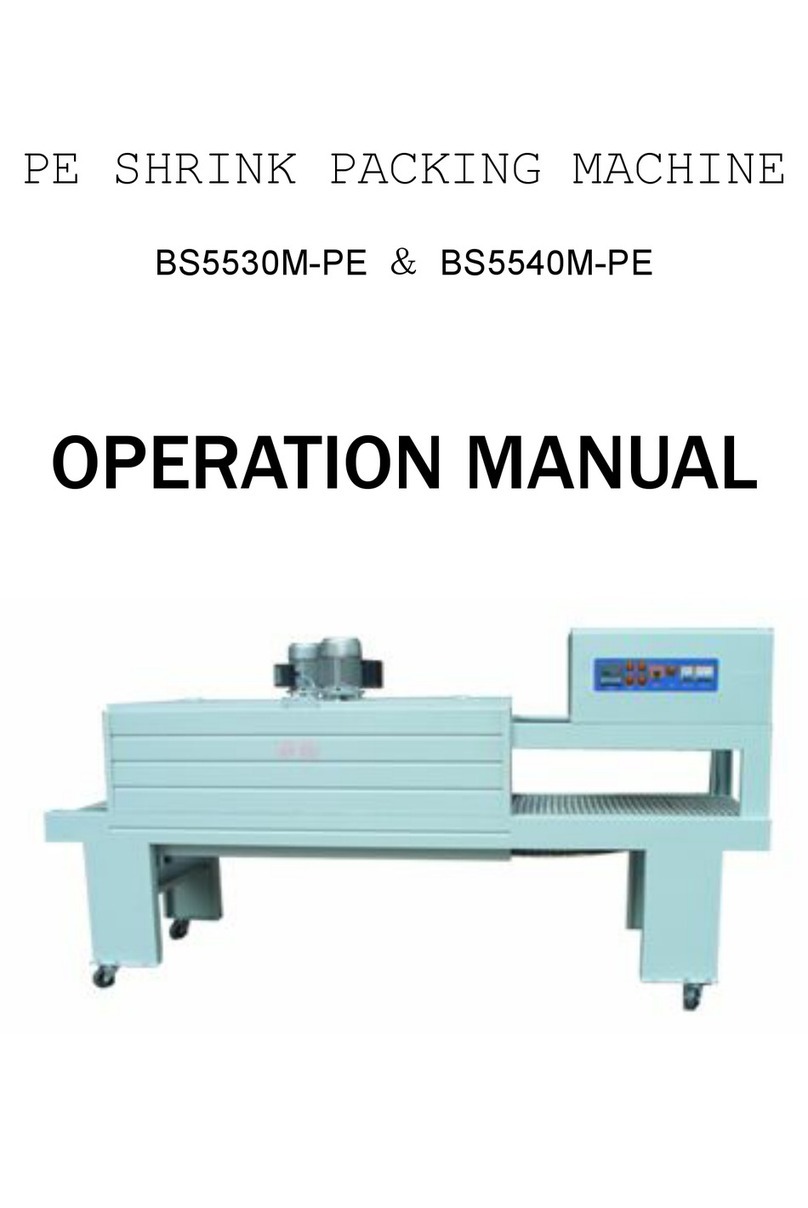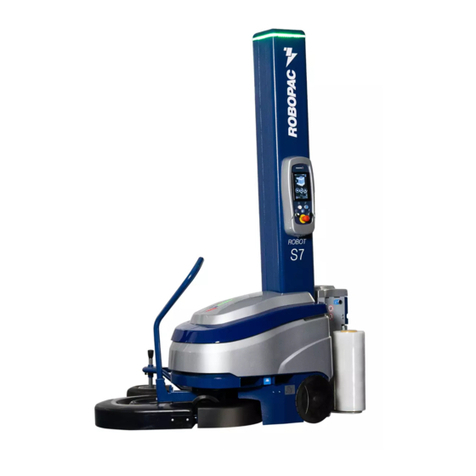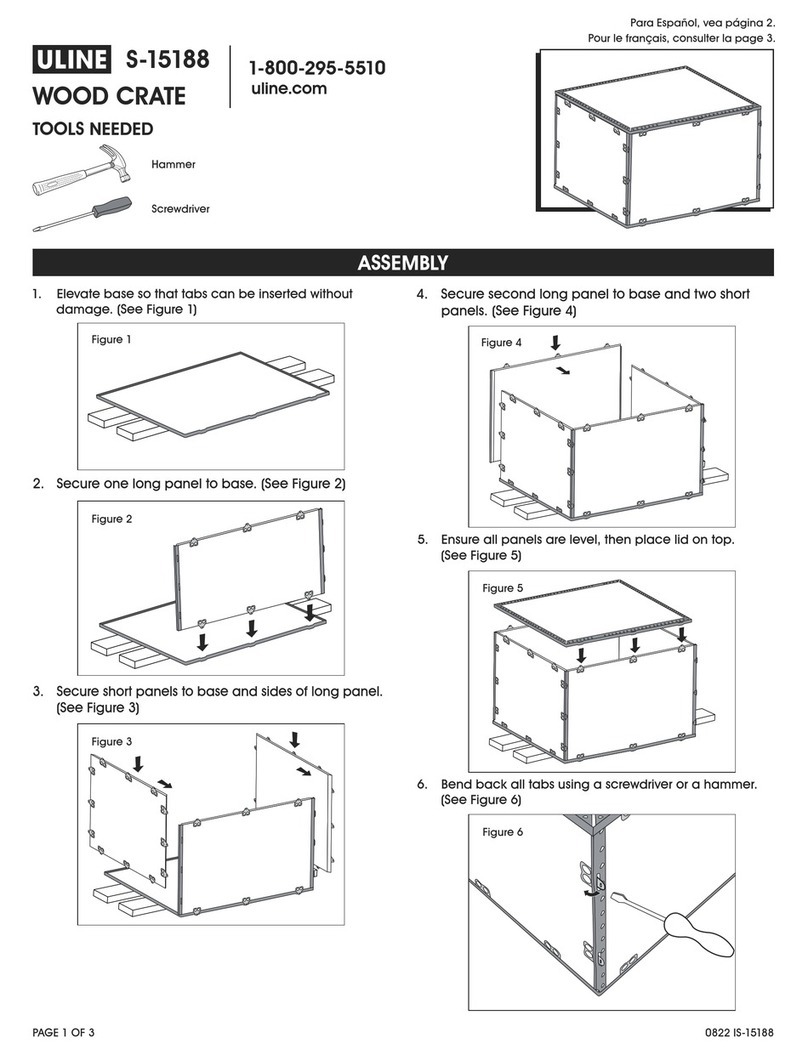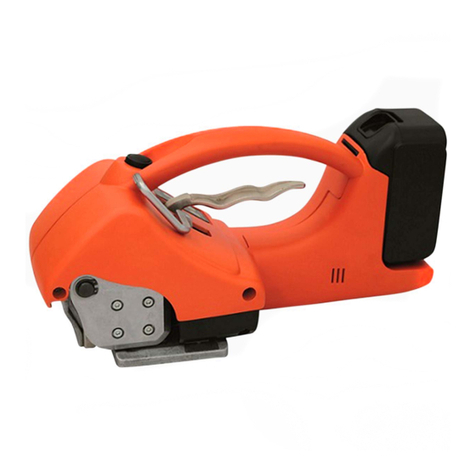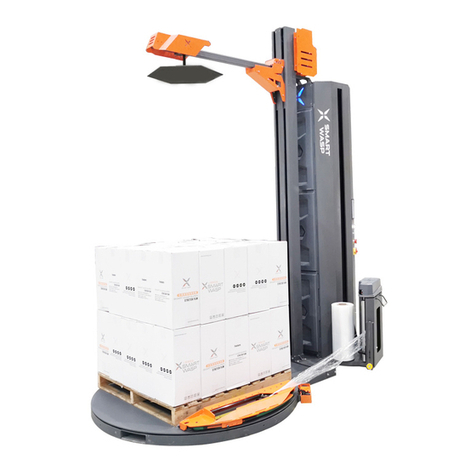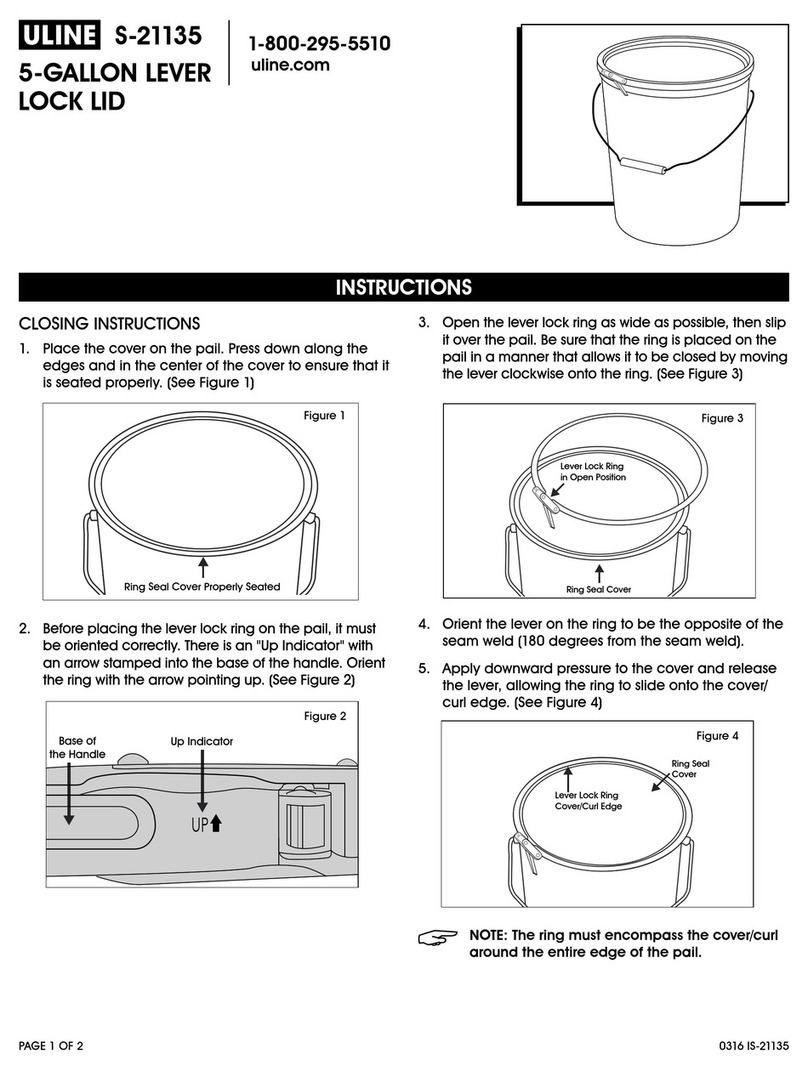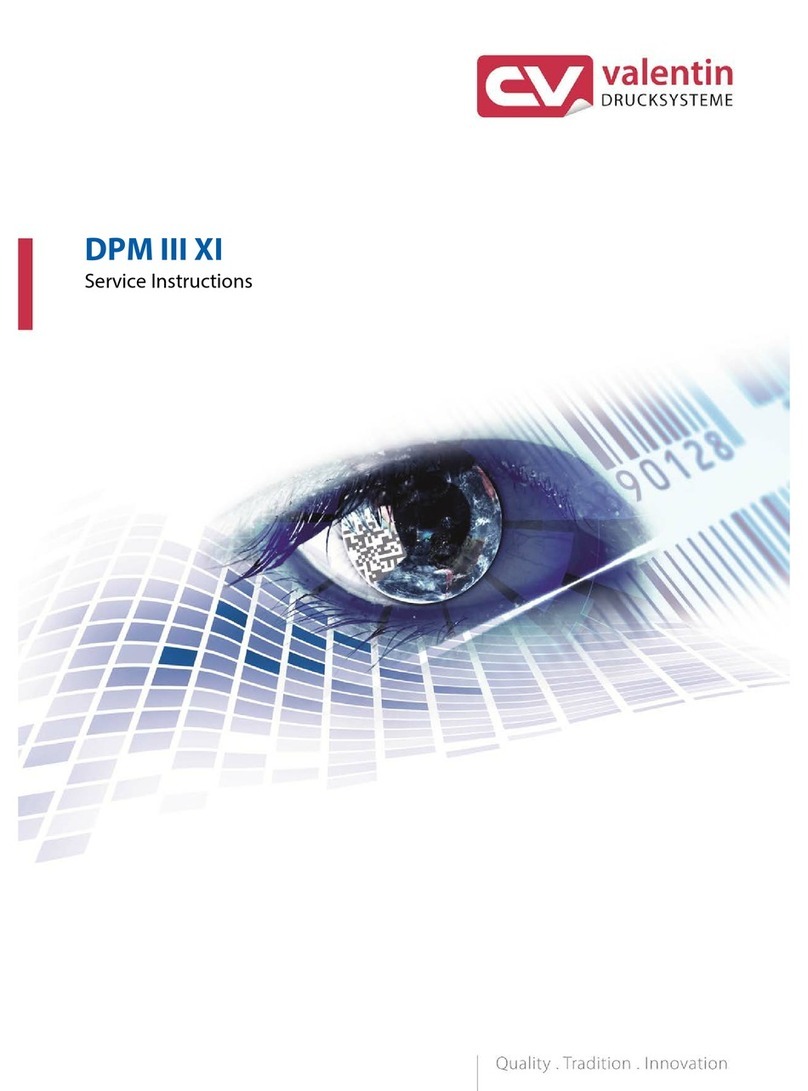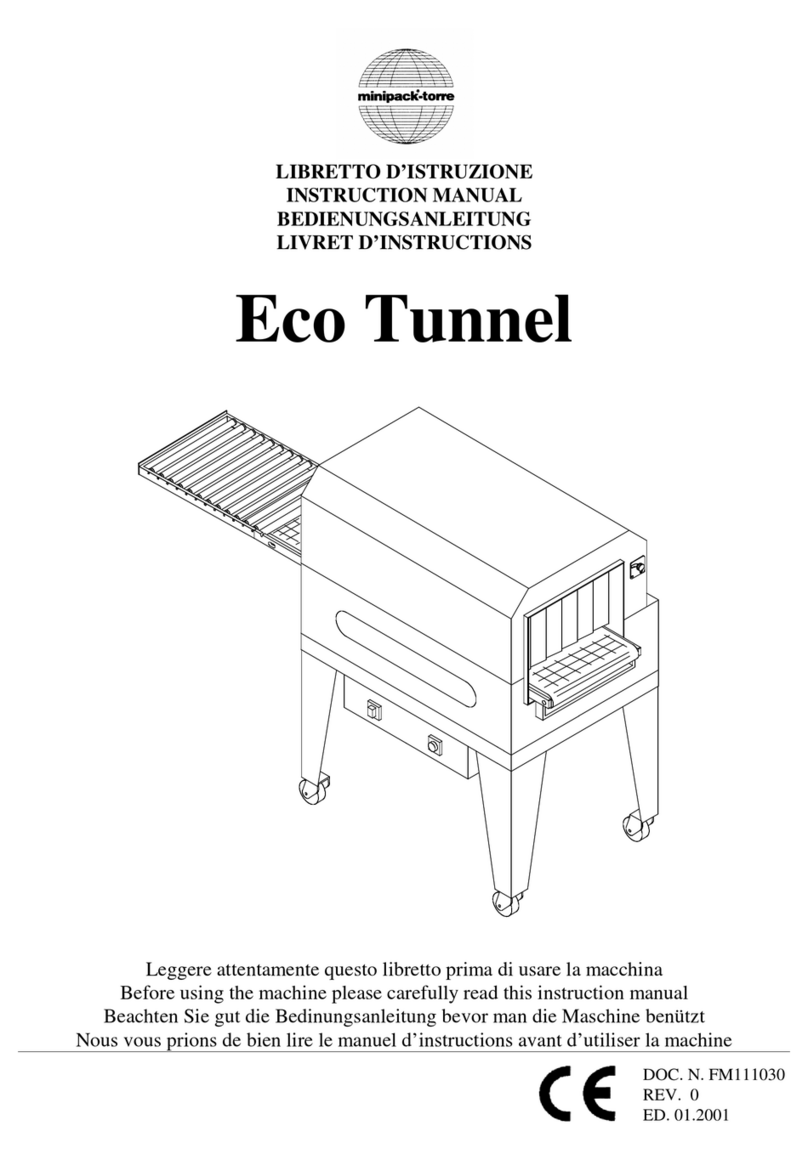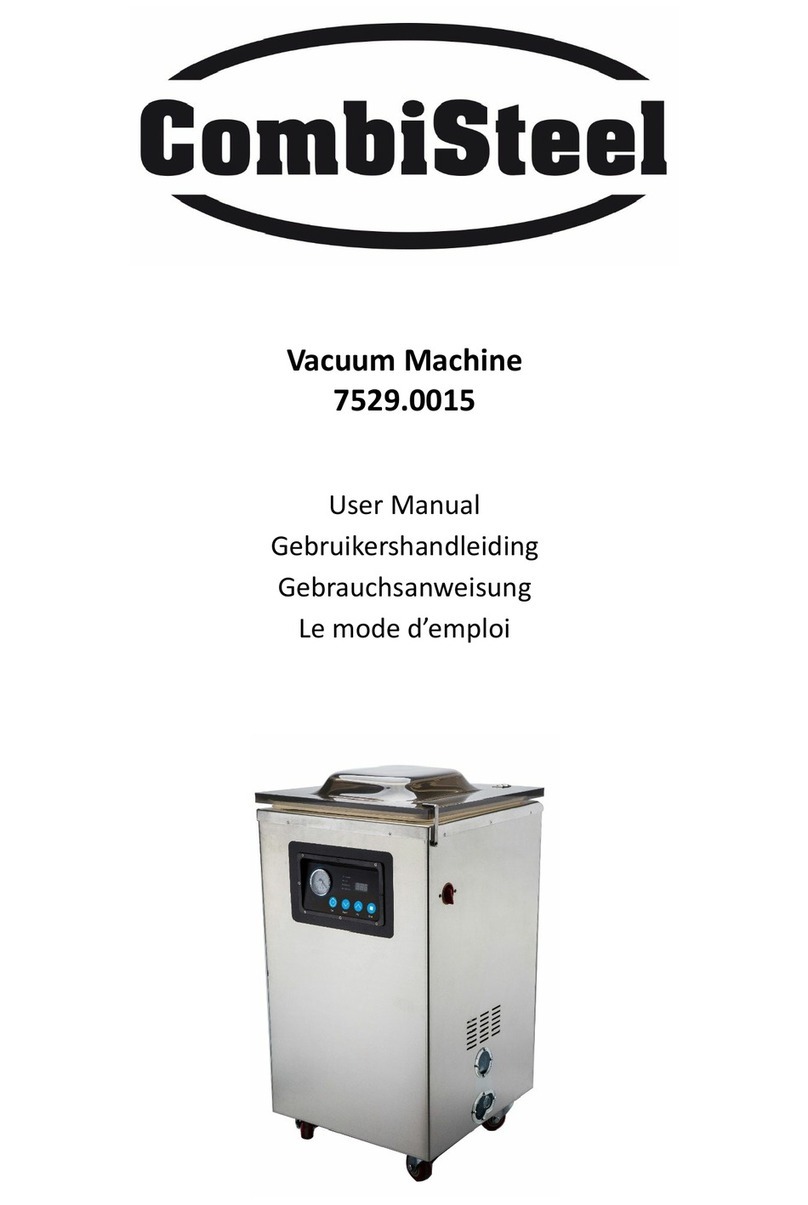
- 1 -
English
SUMMARY
1 GENERAL INFORMATION
1.1. PURPOSE OF THE MANUAL....................... 3
1.2. MANUFACTURER AND MACHINE
IDENTIFICATION .......................................... 4
1.3. TERMS AND DEFINITIONS.......................... 5
1.4. MODES OF REQUESTING FOR
ASSISTANCE................................................ 6
1.5. ATTACHED DOCUMENTATION ................... 6
2 SAFETY INFORMATION
2.1. GENERAL SAFETY PRECAUTIONS ........... 7
2.2. SAFETY WARNINGS FOR HANDLING AND
INSTALLATION ............................................. 7
2.3. SAFETY WARNINGS FOR USE AND
OPERATION ................................................. 9
2.4. SAFETY WARNINGS RELATED TO
INCORRECT USE....................................... 10
2.5. SAFETY WARNINGS
ON RESIDUAL RISKS ................................ 12
2.6. SAFETY WARNINGS FOR REGULATIONS
AND MAINTENANCE.................................. 13
2.7. INFORMATION AND SAFETY SIGNALS ... 14
2.8. SURROUNDING AREAS ............................ 15
3 TECHNICAL INFORMATION
3.1. MACHINE GENERAL DESCRIPTION ........ 16
3.2. DESCRIPTION
OF THE OPERATION CYCLE .................... 18
3.3. SAFETY DEVICE DESCRIPTIONS ............ 19
3.4. DESCRIPTION OF THE ELECTRICAL
DEVICES..................................................... 19
3.5. DESCRIPTION OF ACCESSORIES ON
REQUEST................................................... 20
3.6. TECHNICAL SPECIFICATIONS ................. 20
3.7. NOISE LEVEL............................................. 22
3.8. INSTALLATION ENVIRONMENT
CHARACTERISTICS .................................. 22
4 INFORMATION ON HANDLING AND
INSTALLATION OPERATIONS
4.1. RECOMMENDATIONS FOR HANDLING AND
LOADING .................................................... 23
4.2. PACKAGING AND UNPACKING................. 23
4.3. TRANSPORT AND HANDLING .................. 24
4.4. MACHINE INSTALLATION.......................... 25
4.5. INSTALLATION
OF CONSENT SWITCH.............................. 26
4.6. RECOMMENDATIONS
FOR CONNECTIONS ................................. 27
4.7. ELECTRICAL CONNECTION ..................... 27
5 INFORMATION ON ADJUSTMENTS
5.1. RECOMMENDATIONS
FOR ADJUSTMENTS ................................. 28
5.2. CONVEYOR BELT ADJUSTMENT ............. 29
5.3. ADJUSTMENT OF SELF-CENTERING
GUIDES DRIVING CHAIN .......................... 30
6 ABOUT THE USE
6.1. RECOMMENDATIONS FOR OPERATION
AND USE .................................................... 31
6.2. CONTROL DESCRIPTION ......................... 31
6.3. SWITCHING THE MACHINE
ON AND OFF .............................................. 32
6.4. STARTING AND STOPPING THE CYCLE . 32
6.5. EMERGENCY STOP AND RESTART......... 33
6.6. FORMAT CHANGE ..................................... 33
6.7. POSITIONING OF SIDE GUIDES............... 34
6.8. HEIGHT SETTING OF WORK TABLE ........ 34
7 MAINTENANCE INFORMATION
7.1. MAINTENANCE INSTRUCTIONS .............. 35
7.2. MAINTENANCE PERIOD TABLE ............... 36
7.3. LUBRICATION POINT DIAGRAM............... 37
7.4. LUBRICANTS TABLE ................................. 38
8 TROUBLESHOOTING
8.1. TROUBLES – CAUSES – REMEDIES ....... 39
9 SPARE PARTS REPLACEMENT
INFORMATION
9.1. RECOMMENDATIONS FOR REPLACING
PARTS......................................................... 40
9.2. REPLACEMENT OF CONVEYOR BELT .... 41
9.3. HOW TO REPLACE THE SELF-CENTERING
GUIDE DRIVING CHAIN............................. 42
9.4. REPLACING THE CHAIN THAT MOVES THE
CONVEYOR BELTS.................................... 43
9.5. LIST OF THE RECOMMENDED SPARE
PARTS......................................................... 44
9.6. MACHINE DISPOSAL AND SCRAPING..... 44
10 ENCLOSED DOCUMENTATION
10.1. WARRANTY CONDITIONS ........................ 45
